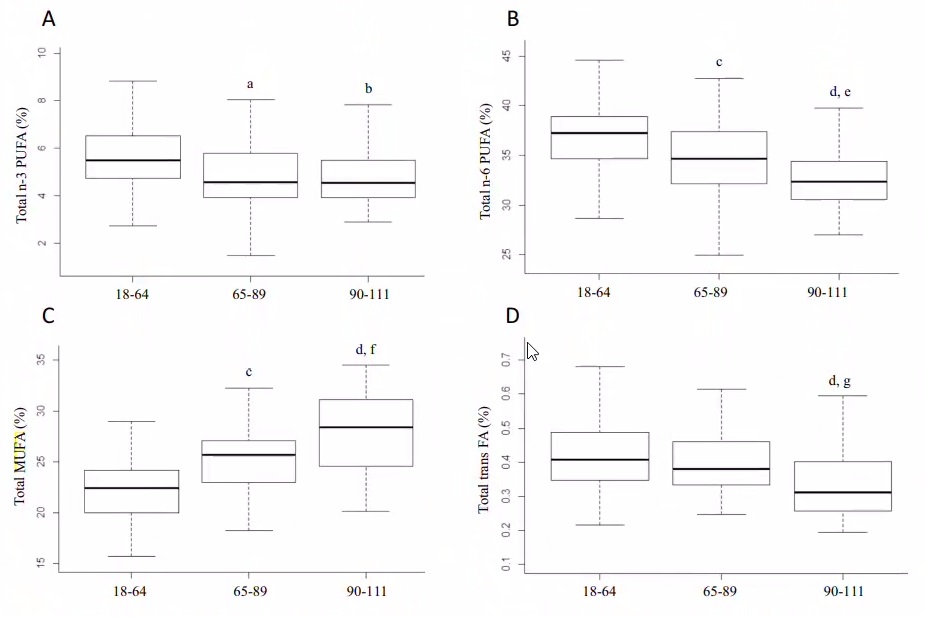
In this one, exogenous testosterone administration was found to alter the metabolome in such a way that lipid substrates were preferentially utilized over amino acids, something that was in turn associated with attenuated muscle proteolysis during a severe energy deficit.
- Testosterone administration altered androgenic steroid, acylcarnitine, and amino acid metabolites during severe energy deficit compared to the placebo group.
- During the recovery period, when testosterone was not administered and the severe energy deficit had ended, many of these changes reversed.
- Changes in lean mass during the severe energy deficit were related to changes in androgenic steroids and acylcarnitines, and inversely related to changes in amino acid metabolites.
- "Thus, these data suggest doses of testosterone enanthate (200 mg/wk in sesame oil), administered weekly during severe energy deficit altered serum metabolomic signatures in a manner corresponding to increases in lean mass."
Metabolomics of testosterone enanthate administration during severe-energy deficit (open access)
doi.org/10.1007/s11306…
#men #hormones #testosterone
doi.org/10.1007/s11306…
#men #hormones #testosterone
• • •
Missing some Tweet in this thread? You can try to
force a refresh











